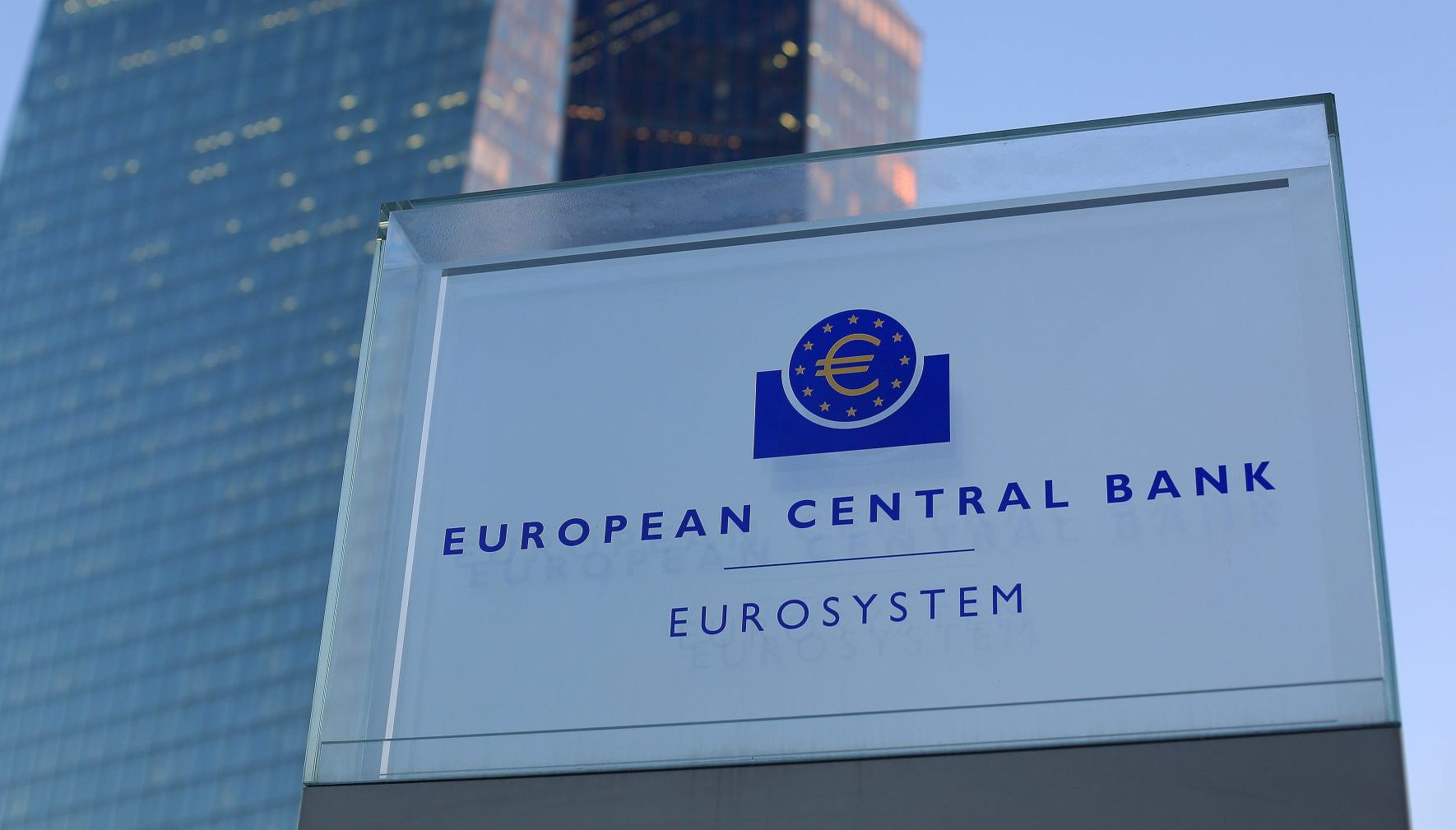Over the past two weeks, the European Central Bank, the Bank of England and the Federal Reserve all held their monetary policy meetings. Although the ECB was the only bank that hiked rates again in their latest monetary policy decision, the remarks by each of the central banks all indicated that rates were more likely to remain elevated for a longer period of time than what many economists predicted until some weeks ago.
The ECB raised its benchmark deposit rate to an all-time high of four per cent during its September monetary policy meeting. This was the tenth consecutive interest rate hike to its highest level after a series of unprecedented increases from a record low of minus 0.5 per cent in July 2022. During the press conference following the recent meeting, the central bank confirmed that “the Governing Council considers that the key ECB interest rates have reached levels that, maintained for a sufficiently long duration, will make a substantial contribution to the timely return of inflation to the target.” As a result of these remarks, many economists do not expect further rate hikes from ECB especially given signs of increasing weakness in the European economy.
Moreover, earlier this week, the President of the ECB Ms Christine Lagarde told the European Parliament’s committee on economic and monetary affairs that interest rates will stay high enough to restrict business activity for “as long as necessary” to bring inflation down to the desired levels. With recent data showing that annual inflation in the eurozone only eased marginally in August to 5.2 per cent from 5.3 per cent in July, the ECB President remarked that “inflation continues to decline but is still expected to remain too high for too long.” The ECB is of the view that inflation will decline to an average of 2.1 per cent in 2025 after hitting a record-high of 10.6 per cent in October 2022.
The Federal Reserve held interest rates unchanged last week within the target range of 5.25 per cent to 5.5 per cent while also indicating it still expects one more hike before the end of the year and fewer rate cuts than previously indicated during 2024. The Chairman of the Federal Reserve stated that the bank is “prepared to raise rates further if appropriate, and we intend to hold policy at a restrictive level until we’re confident that inflation is moving down sustainably toward our objective”. In the quarterly ‘dot plot’, with which each member of the Federal Open Market Committee indicates their projection for interest rates and the economic performance, most governors indicated that rate cuts will not be considered before the second half of 2024. Until recently, some financial analysts were expecting a rate cut by the end of this year. Additionally, the latest readings indicate that 12 of the 19 members within the Federal Open Market Committee favour another rate hike in one of the last two meetings of 2023.
The Bank of England also held its base rate unchanged at 5.25 per cent last week. It was the first pause in rate hikes since November 2021. The Bank of England hiked rates for 14 consecutive times since then taking the base rate up to 5.25 per cent from a historic low of 0.1 per cent in December 2021. The decision by the BOE came about following a lower-than-expected inflation reading for the month of August which showed headline year-on-year inflation of 6.7 per cent. Although the BOE Governor said that the committee would be “watching closely to see if further increases are needed,” many economists said they expected this to represent the bank’s peak rate.
Bond yields across the world have risen further following the pledges by the main central banks for rates to remain higher-than-expected in the months ahead. Moreover, the recent surge in oil prices poses an additional headache for central bankers as this leads to higher inflation while dragging on economic growth. Following the decline in the price of oil earlier this year, the oil price has jumped by over 30 per cent from the level in June to back above USD90 per barrel.
The yield on the two-year German bund jumped up to almost 3.4 per cent and the 10-year German bund yield surpassed the 2.8 per cent level earlier this week (the highest level since 2011). To place the extent of the rise in yields into perspective, it is worth highlighting that the 10-year German bund yield stood at 1.30 per cent in July 2022 before the aggressive rate hikes by the ECB. This naturally led to a negative impact on Malta Government Stock prices.
US Treasury yields also continued to rise. Two-year yields reached 5.2 per cent (their highest level since July 2006) and 10-year yields exceeded 4.55 per cent (the highest since November 2007).
Naturally, the trajectory of inflation remains one of the key determinants of eventual decisions by the central banks and likewise the impact on bond yields. Although the level of inflation has been trending downwards in various parts of the world, the absolute level has remained higher than the two per cent target by central banks.
In the current interest rate environment with rates at their highest levels in several years and the major central banks indicating rates staying higher for longer, investors have multiple opportunities to deploy their excess liquidity into positively yielding financial instruments. In previous months, I indicated that the mobilisation of some of the idle deposits by retail and corporate investors into money market or longer-term instruments is very evident as a number of the banks fail to pass through ECB rate hikes to depositors.
We are now living in an economic climate where one could earn returns in excess of three per cent per annum in short-term money-market instruments with high levels of liquidity and with very little credit risk both locally as well as internationally. The consistently strong demand for three-month Malta Government Treasury Bills via the weekly auction is testament to this. The opportunity cost of holding excessive idle cash is significant and simply cannot be ignored. Investors with a longer-term perspective could also consider locking in the current higher yields for longer maturities thereby eventually benefitting from higher bond prices as one would expect a drop in yields at some point in the future when the probability of rate cuts increase.
Read more of Mr Rizzo’s insights at Rizzo Farrugia (Stockbrokers)
The article contains public information only and is published solely for informational purposes. It should not be construed as a solicitation or an offer to buy or sell any securities or related financial instruments. No representation or warranty, either expressed or implied, is provided in relation to the accuracy, completeness or reliability of the information contained herein, nor is it intended to be a complete statement or summary of the securities, markets or developments referred to in this article. Rizzo, Farrugia & Co. (Stockbrokers) Ltd (“Rizzo Farrugia”) is under no obligation to update or keep current the information contained herein. Since the buying and selling of securities by any person is dependent on that person’s financial situation and an assessment of the suitability and appropriateness of the proposed transaction, no person should act upon any recommendation in this article without first obtaining investment advice. Rizzo Farrugia, its directors, the author of this article, other employees or clients may have or have had interests in the securities referred to herein and may at any time make purchases and/or sales in them as principal or agent. Furthermore, Rizzo Farrugia may have or have had a relationship with or may provide or has provided other services of a corporate nature to companies herein mentioned. Stock markets are volatile and subject to fluctuations which cannot be reasonably foreseen. Past performance is not necessarily indicative of future results. Foreign currency rates of exchange may adversely affect the value, price or income of any security mentioned in this article. Neither Rizzo Farrugia, nor any of its directors or employees accepts any liability for any loss or damage arising out of the use of all or any part of this article.
Pioneering the 5th freedom: Enhancing research, innovation, and education in the single market and Malta’s role
Malta stands to gain significantly from the establishment of the 5th Freedom
Beyond numbers: Understanding the significance of pricing multiples for informed investing
Market participants may calculate financial metrics to take investment decisions following the end of the reporting season
Reinventing the single market: Strategic vision and bold reforms for Malta and Europe
Proposed reforms present significant opportunities and formidable challenges for our small island nation







